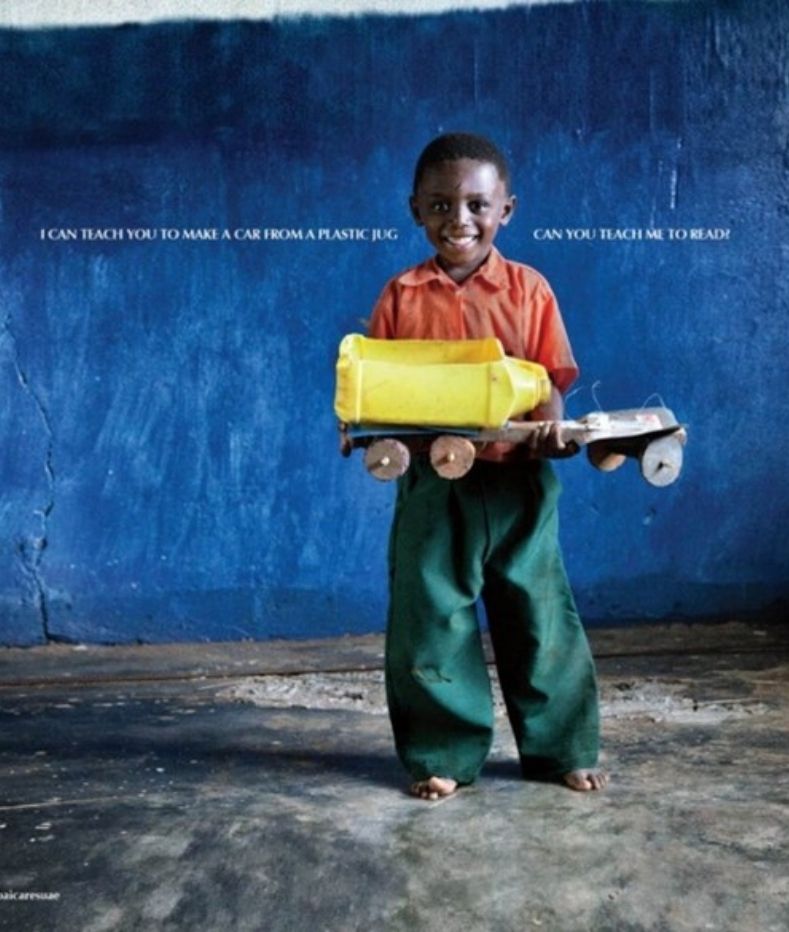
Dignified Storytelling empowers contributors and cultivates empathy.
Dignified Storytelling inspires action through the power of storytelling. It looks for the bright light in all people from a place of connection, partnership, and respect.
Dignified storytelling humbly recognises that issues related to development and human rights are present in every society. We all are responsible and in different ways, we all are impacted. We all are human. Dignified storytelling promotes collective effort towards the realisation of the Sustainable Development Goals (SDGs) and affirms that each of us has the power to meaningfully contribute to positive change within our families, communities, and the wider world.

Guidelines for Principle No. 10:
Dignified storytelling empowers and inspires both contributors and audiences to work towards positive change.
TO HELP PUT PRINCIPLE #10 INTO PRACTICE, CONSIDER THE FOLLOWING:
Ensure there is a clear “why” for telling the story. Storytellers can start by asking themselves what they are trying to accomplish through the story – if it is pity, “othering,” or division, then a different story should be told.
Narratives should promote working together with people and communities and show people as capable of changing their own lives. Prioritise content which illustrates people in the stories supporting or caring for each other, leading work, and/or being capable agents of change. At the same time, acknowledge the barriers that contributors may face and the complexities of their real-life journeys. Change and growth is rarely simple or linear. There are no short cuts, and dignified stories attempt to honour the journey.
Any calls for action within the story should allow for both the people in, or affected by, the story and audiences to claim, or reclaim, the power to act.
Help retrain audiences to be allies, rather than “saviours,” through well-crafted and creative stories that capture attention by creating connection, rather than eliciting pity.
Position contributors as partners (co-creatives or co-researchers) to emphasise that development is a collaborative effort – and that full realisation of the SDGs will take all of us.
Top Tips for Principle No. 10
Create conditions for positive change
While not shying away from problems, look towards solutions and celebrate hope and partnerships towards positive change.
Power to be changemakers
Any calls for action within the story should allow for both the people in, or affected by, the story and the audience to claim, or reclaim, the power to act and to make a difference.
More in the Handbook
The Dignified Storytelling Handbook is a resource to help storytellers and organizations promote and
employ storytelling practices that are grounded in a deep respect for human dignity
Available for download in English, Arabic, Spanish and French
